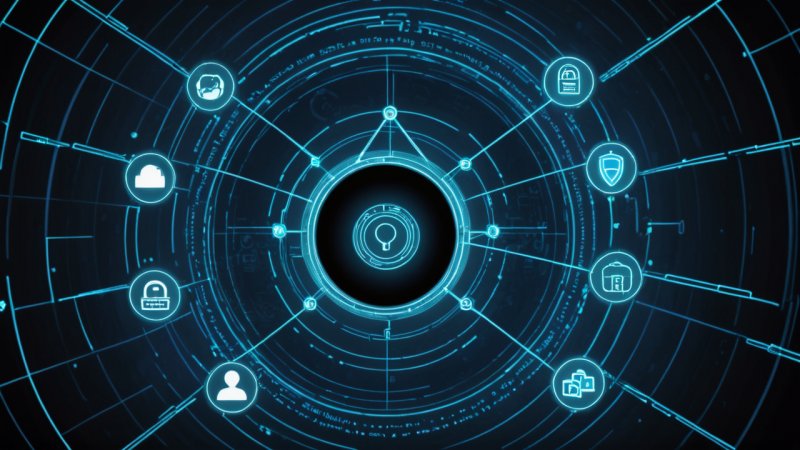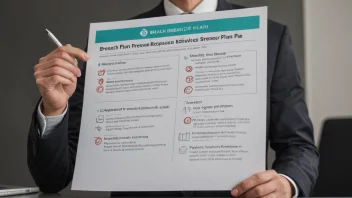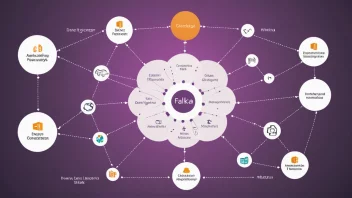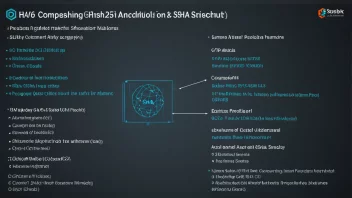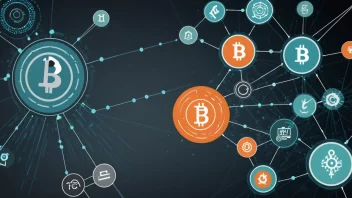In today's digital landscape, the intersection of privacy and cybersecurity is more critical than ever. As organizations increasingly rely on technology to manage sensitive data, the need for robust frameworks that safeguard both privacy and security has emerged as a top priority. This article delves into the key concepts surrounding this intersection, exploring how privacy and cybersecurity frameworks can work together to protect individuals and organizations.
Cybersecurity frameworks provide structured guidelines that help organizations manage and mitigate risks associated with cyber threats. These frameworks often include best practices, standards, and controls that are designed to enhance an organization's security posture. However, the inclusion of privacy considerations within these frameworks is essential for ensuring that personal data is handled responsibly and ethically.
One of the most widely recognized cybersecurity frameworks is the NIST Cybersecurity Framework. This framework emphasizes five core functions: Identify, Protect, Detect, Respond, and Recover. While primarily focused on security, integrating privacy measures into these functions can enhance an organization's ability to protect sensitive information.
For example, during the 'Identify' phase, organizations should conduct thorough assessments of the data they collect and process. This includes understanding the types of personal data involved, where it is stored, and who has access to it. By doing so, organizations not only strengthen their security posture but also align with privacy regulations such as the General Data Protection Regulation (GDPR).
During the 'Protect' phase, implementing data encryption and access controls can help ensure that sensitive information is shielded from unauthorized access. This not only aids in compliance with privacy regulations but also fortifies the overall security framework. Furthermore, regular training for employees on privacy policies and data handling practices can cultivate a culture of security and privacy awareness within the organization.
The 'Detect' phase involves monitoring systems for potential breaches or unauthorized access attempts. Incorporating privacy impact assessments within this phase can help organizations identify vulnerabilities that may expose personal data. By closely monitoring data usage, organizations can respond swiftly to potential breaches, thereby minimizing the risk of data exposure.
In the 'Respond' and 'Recover' phases, organizations should have established protocols for addressing privacy breaches, including notification procedures for affected individuals. This transparency is crucial for maintaining trust and ensuring compliance with privacy laws.
Case studies illustrate the effectiveness of integrating privacy into cybersecurity frameworks. For instance, companies that adopted the NIST framework while prioritizing privacy reported fewer data breaches and enhanced consumer trust. By demonstrating a commitment to protecting personal information, organizations can differentiate themselves in a competitive market.
In conclusion, the intersection of privacy and cybersecurity frameworks is vital for protecting sensitive information in an increasingly digital world. Organizations that prioritize both aspects can not only enhance their security posture but also build trust with customers and stakeholders. By integrating privacy considerations into cybersecurity practices, businesses can navigate the complexities of modern data protection more effectively.
